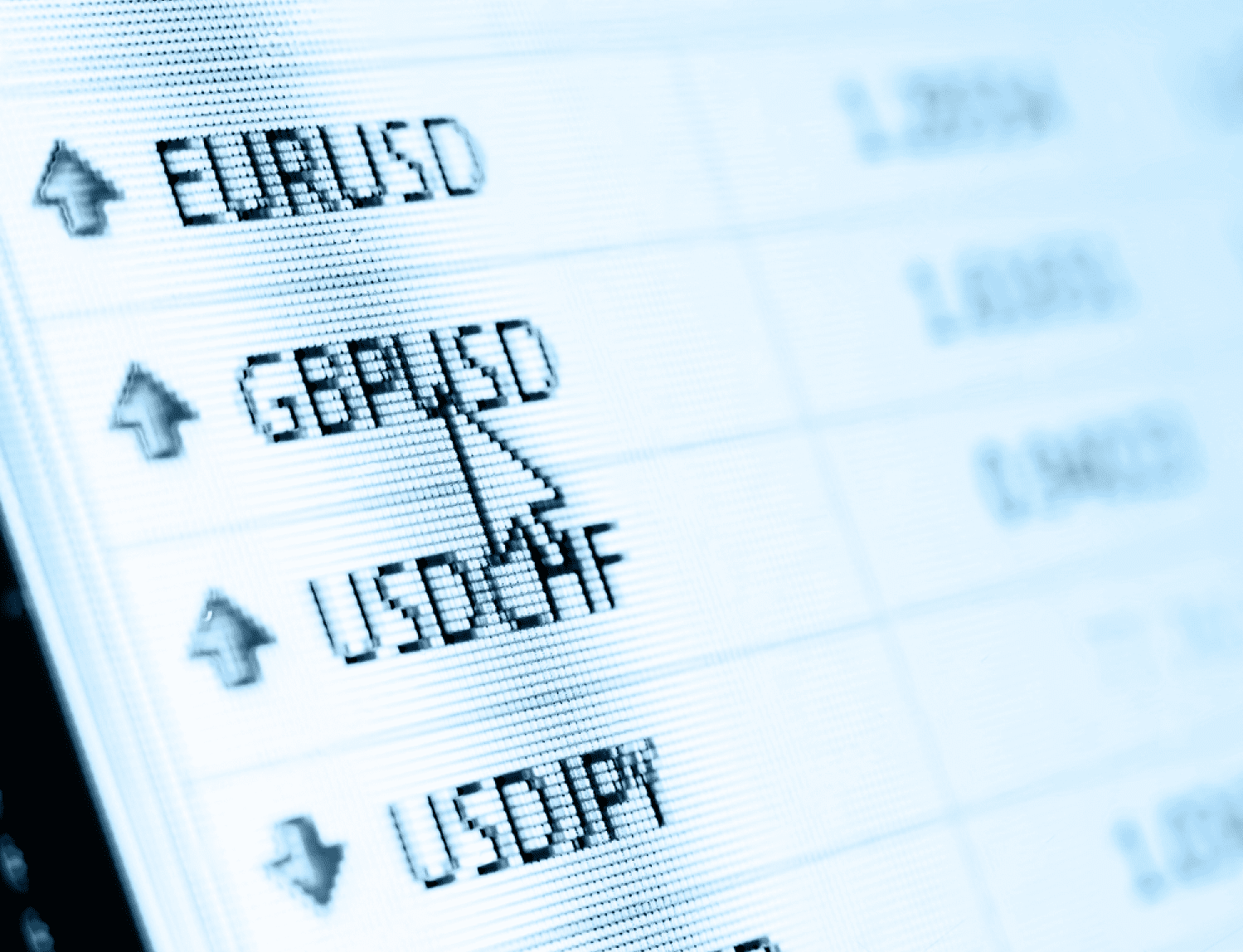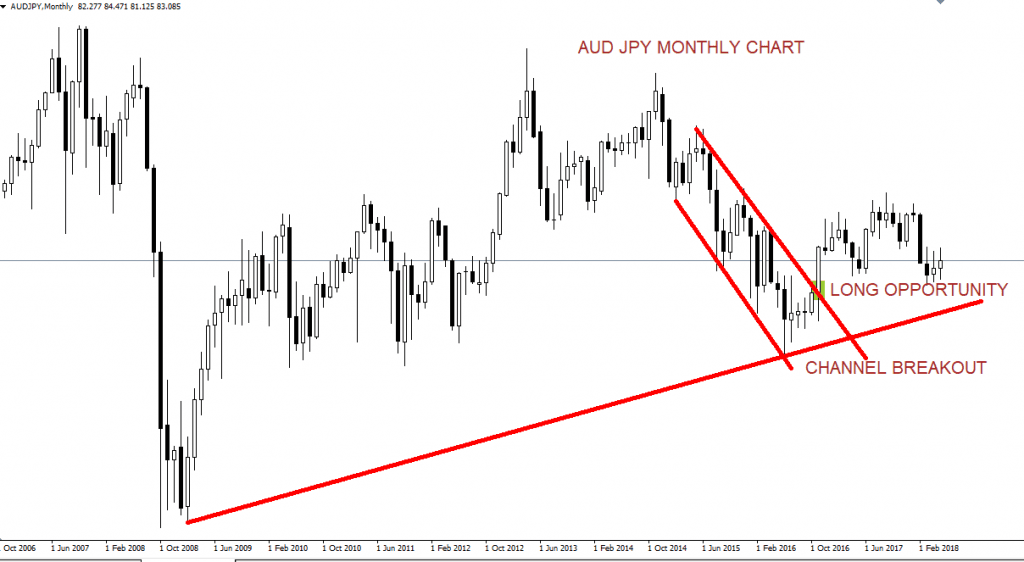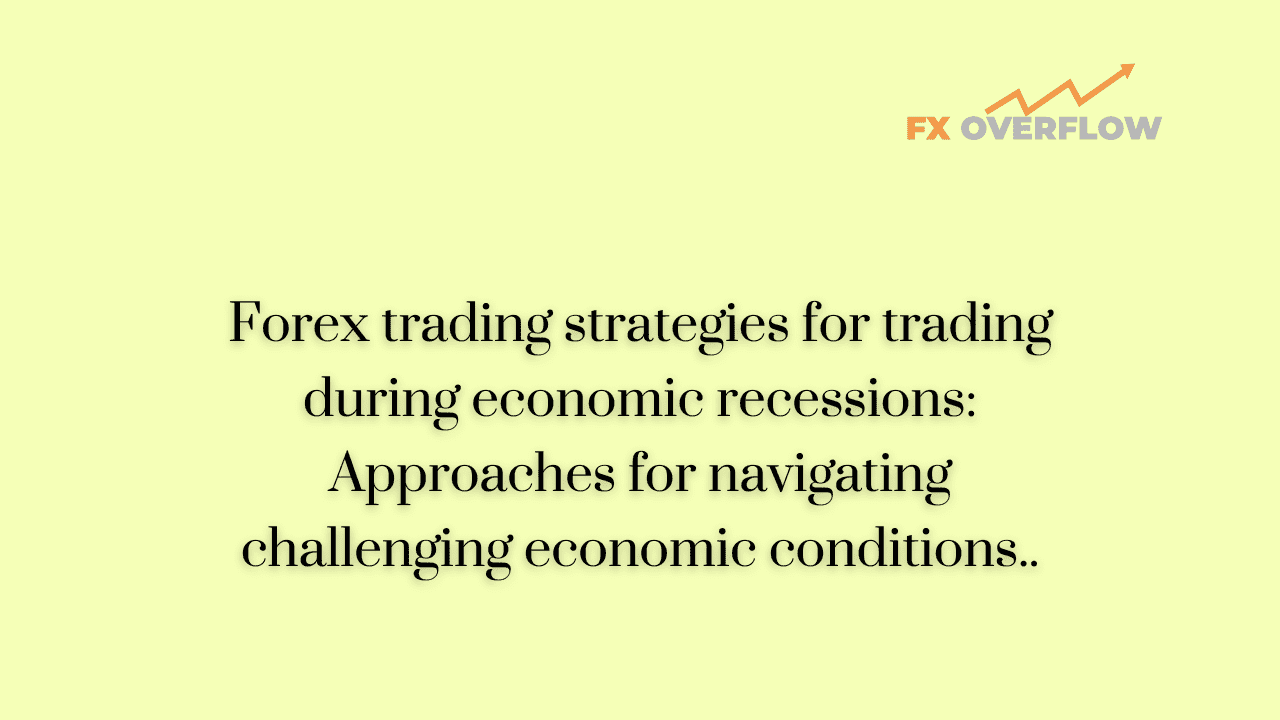Forex Trading Strategies for Trading During Economic Recessions: Approaches for Navigating Challenging Economic Conditions
The global financial landscape is often marked by periods of economic boom and recession, each presenting distinct challenges and opportunities for traders. Economic recessions, characterized by reduced economic activity, rising unemployment, and declining consumer spending, can have a profound impact on financial markets, including the foreign exchange (forex) market. Navigating forex trading during these challenging times requires a comprehensive understanding of the market dynamics and the implementation of effective trading strategies. In this article, we will delve into some proven forex trading strategies designed to thrive amidst economic recessions.

Table Content
1. Risk Management: The Cornerstone of Recession Trading
2. Safe-Haven Currencies: A Defensive Approach
3. Carry Trade Adjustments: Adapting to Shifting Interest Rates
4. Fundamental Analysis: Navigating Economic Indicators
5. Short-Term Trading and Volatility Strategies: Capitalizing on Market Swings
6. Diversification and Non-Correlated Assets: Spreading Risk
7. Algorithmic Trading: Leveraging Automation
8. Footnote
1. Risk Management: The Cornerstone of Recession Trading
Before delving into specific trading strategies, it's crucial to emphasize the significance of risk management, particularly during economic downturns. Managing risk is the foundation of successful trading, as it helps protect your capital and ensure longevity in the market.
During recessions, market volatility tends to increase, amplifying the potential for substantial gains and losses. Implementing proper risk management techniques, such as setting stop-loss orders and position sizing based on a percentage of your trading capital, can shield you from excessive losses and provide a solid framework for trading decisions.
2. Safe-Haven Currencies: A Defensive Approach
Safe-haven currencies are those that tend to strengthen during times of economic uncertainty due to their perceived stability and lower risk. The most commonly regarded safe-haven currencies are the US Dollar (USD), Japanese Yen (JPY), Swiss Franc (CHF), and sometimes the Euro (EUR). Traders often flock to these currencies as a defensive strategy during economic recessions, seeking refuge from heightened market turbulence.

For instance, when economic indicators signal an impending recession, traders might consider buying USD/JPY or USD/CHF pairs, anticipating that these safe-haven currencies will appreciate against others. However, it's important to stay vigilant and monitor market sentiment, as safe-haven currencies can also experience volatility as traders jockey for positions in response to changing economic conditions.
3. Carry Trade Adjustments: Adapting to Shifting Interest Rates
The carry trade strategy involves borrowing in a currency with a low-interest rate and using the funds to invest in a currency with a higher interest rate. This strategy aims to profit from the interest rate differential between the two currencies. However, during economic recessions, central banks may enact aggressive interest rate cuts to stimulate economic activity. As a result, the interest rate differential between currencies can narrow or even reverse, potentially undermining the profitability of carry trades.

Traders employing the carry trade strategy during economic downturns should closely monitor central bank actions and be prepared to adjust their positions accordingly. This might involve switching to currencies that are less affected by interest rate cuts or shifting focus to other strategies better suited for recessionary conditions.
4. Fundamental Analysis: Navigating Economic Indicators
During economic recessions, economic indicators take on heightened significance as they offer insights into the health of a country's economy and its potential impact on the forex market. Key indicators to watch include GDP growth, unemployment rates, consumer spending, and manufacturing data. A deep understanding of these indicators can guide your trading decisions and help you anticipate potential market movements.
For example, if unemployment rates are rising and consumer spending is declining, these signs of economic weakness could lead to a weakening of the domestic currency. Traders might consider short positions on currency pairs involving that currency based on the expectation of its depreciation.
5. Short-Term Trading and Volatility Strategies: Capitalizing on Market Swings
Economic recessions often bring increased market volatility, which can create short-term trading opportunities for nimble traders. Short-term strategies, such as day trading or scalping, involve taking advantage of small price movements within a single trading session. These strategies can be effective during recessions, as they capitalize on short-lived market fluctuations.
Traders utilizing short-term strategies should focus on technical analysis, using tools like support and resistance levels, moving averages, and oscillators to identify entry and exit points. Additionally, staying informed about major economic announcements and news releases that could impact market volatility is crucial when employing short-term strategies.
6. Diversification and Non-Correlated Assets: Spreading Risk
Diversification is a fundamental principle of risk management that involves spreading investments across different assets to reduce the impact of any single investment's poor performance. In the context of forex trading during economic recessions, diversification can be achieved by trading multiple currency pairs and even exploring non-correlated assets outside of forex.

For instance, commodities like gold and silver often serve as safe-haven assets during economic turmoil. By incorporating these assets into your trading strategy, you can potentially offset forex losses with gains in other markets, providing a more balanced and resilient portfolio.
7. Algorithmic Trading: Leveraging Automation
Algorithmic trading, also known as automated trading or algo-trading, involves using pre-defined algorithms to execute trades automatically based on specific criteria and market conditions. During economic recessions, the forex market's increased volatility can present numerous trading opportunities that may be difficult to exploit manually.

Algorithmic trading can help traders capitalize on these opportunities with precision and speed. By programming your trading strategies into algorithms, you can automate the execution of trades, ensuring that you don't miss out on potentially profitable moves while managing risk through pre-set parameters.
Footnote
Trading in the forex market during economic recessions demands a strategic approach that factors in increased market volatility, shifting central bank policies, and changing economic indicators. Successful traders during these challenging times are those who prioritize risk management, stay informed about market conditions, and adapt their strategies to the evolving landscape.
From defensive strategies like safe-haven currency trading to short-term volatility plays and algorithmic trading, traders have a range of tools at their disposal. However, every strategy should be underpinned by solid risk management principles to protect capital and ensure sustainable trading success. As economic recessions remain an inevitable part of the economic cycle, mastering these strategies can help traders navigate through uncertainty and position themselves for success in the forex market.











Discussion